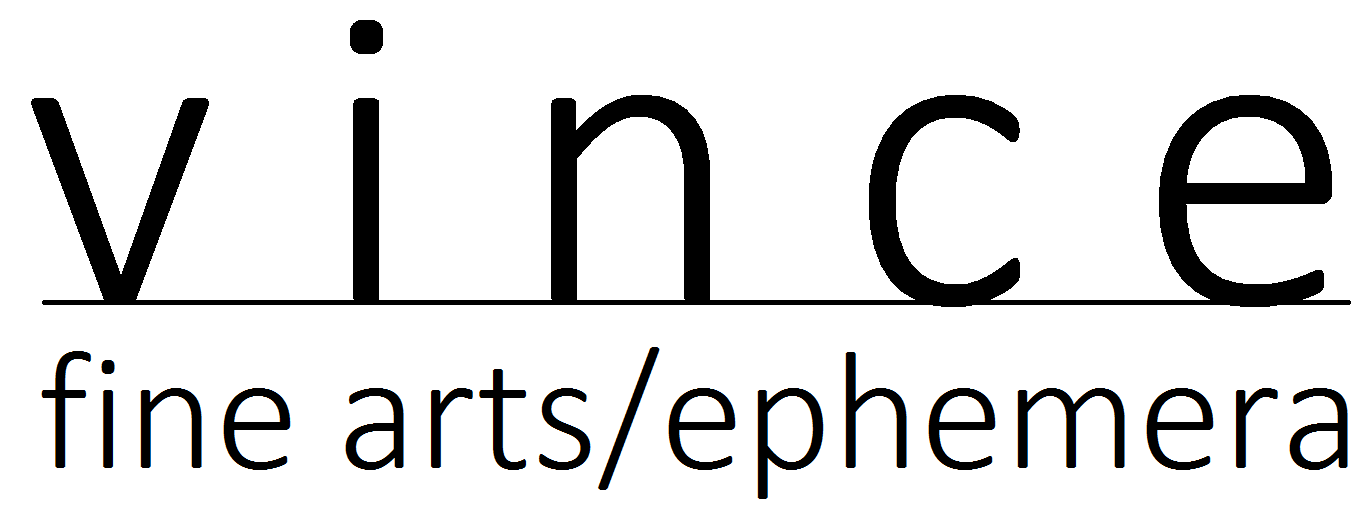1913 armory show
(international exhibition of modern art)
Exhibition Cards (postcards)-
Archipenko, Braque, Cezanne, de Segonzac, du Bois, Walt Kuhn, Young, 1913
7- POSTCARD SET:
1913 Armory Show (International Exhibition of Modern Art), Association of American Painters and Sculptors.
18 Feb-15 Mar 1913, 69th Reg't Armory.
5 × 3-1/2 in. (12.7 × 8.9 cm)
1.)
Alexander Archipenko, "La Vie Familiale"
Condition:
Near Mint- unused, minor corner wear.
Provenance:
Private Collection, NY
2.)
Georges Braque, "The Violin"
Condition:
Excellent- unused, slight corner/edge wear, small section of paper loss beneath the Braque text, tiny tear upper center edge.
Provenance:
Private Collection, NY
3.)
Paul Cezanne, "Woman with Rosary"
Condition:
Very Good- Several pinholes near top edge; another in the middle lower quarter. Vertical crease in upper left corner, which is also soft. Surface soil. Paper loss on verso, likely caused by being removed from whatever someone had glued to it. Remnants of paper residue remain in three of the four corners.
Provenance:
Private Collection, NY
4.)
André Dunoyer de Segonzac, "Une Bucolique"
Condition:
Excellent- unused, minor corner wear, faint diagonal crease in upper left corner.
Provenance:
Private Collection, NY
5.)
Walt Kuhn, ‘Morning’
Condition:
Very Good- unused, Upper left corner is a bit creased and soft. Surface soil/discoloration on front-right and back-right.
Provenance:
Private Collection, NY
6.)
Guy Pene du Bois, “Twenty Century Youth”.
Condition:
Near Mint- unused, minor corner wear.
Provenance:
Private Collection, NY
7.)
Mahonri Young, “Carrying Coal”
Condition:
Near Mint- unused, minor corner wear.
Provenance:
Private Collection, NY
Note:
The Armory Show featured works by such luminaries as Vincent Van Gogh, Pablo Picasso, Henri Matisse, Paul Gaugin, Marcel Duchamp, Wassily Kandinsky, and more. The event, which also traveled to Chicago and Boston/The title of the exhibition was the International Exhibition of Modern Art which opened in the 69th Regiment Armory, New York, N.Y. on February 17, and ran to March 15, 1913. The show became known as the Armory Show and traveled to Chicago and Boston. The exhibition went on to show at the Art Institute of Chicago and then to The Copley Society of Art in Boston, where, due to a lack of space, all the work by American artists was removed. The show became an important event in the history of American art, introducing astonished Americans, who were accustomed to realistic art, to the experimental styles of the European avant-garde, including Fauvism, Cubism, and Futurism. The show served as a catalyst for American artists, who became more independent and created their own "artistic language."

